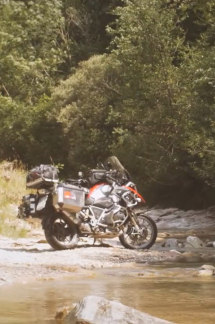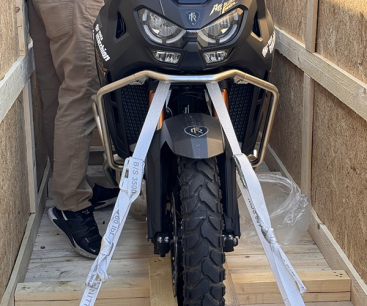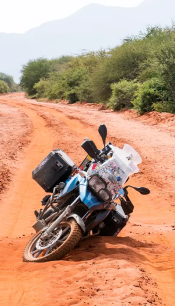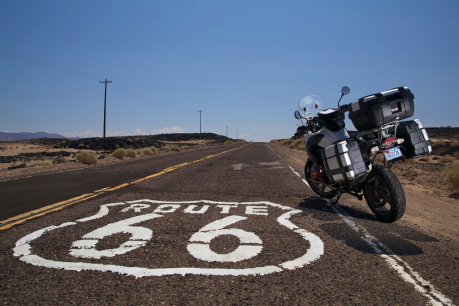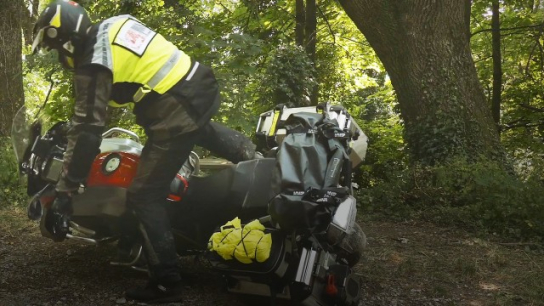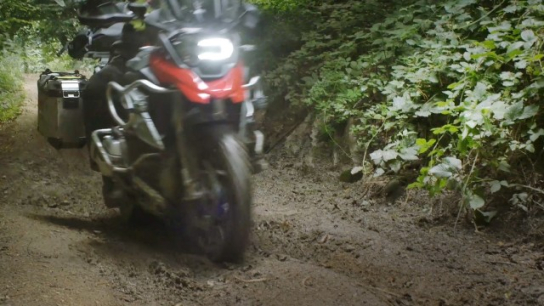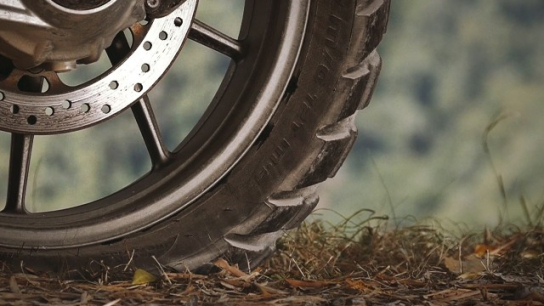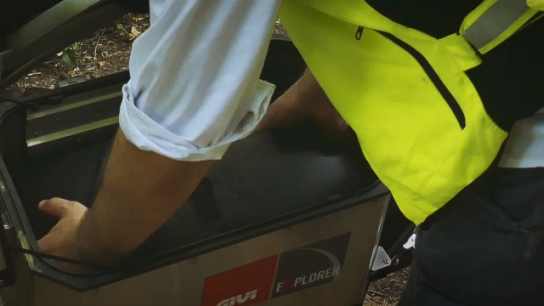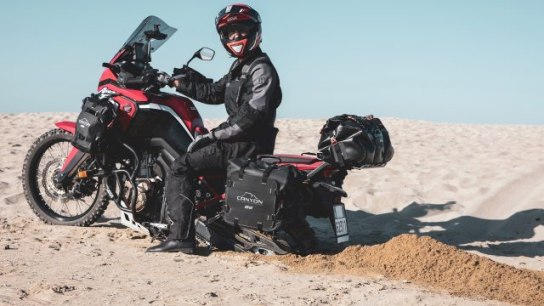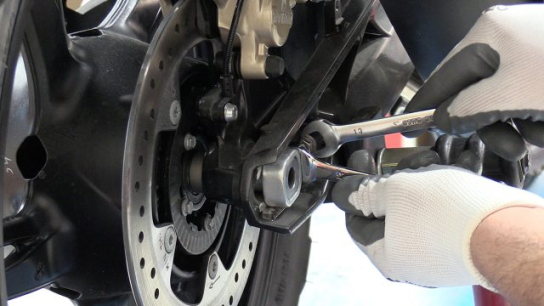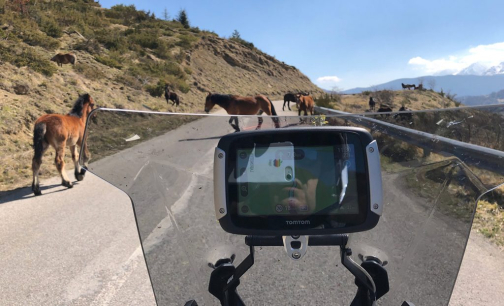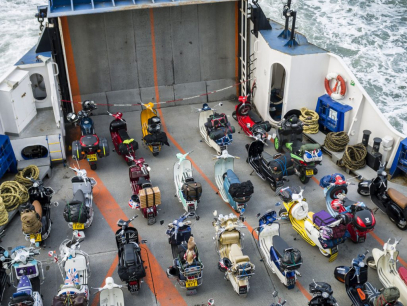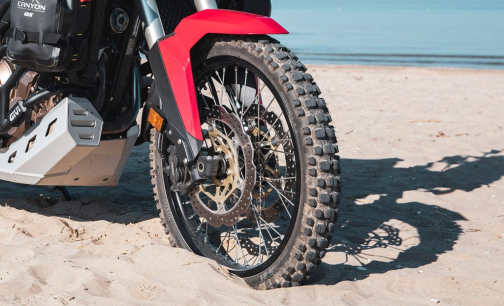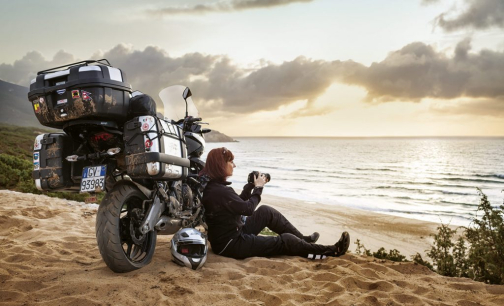How to cross a river on a motorcycle
Safety first
During countryside adventures, you may come across the challenge of crossing a stream or river without the presence of nearby bridges. In such situations, safety becomes the utmost priority.
Before starting the crossing, it is crucial to carefully assess the water depth and ensure that there are no ridges or large stones along the intended path that could compromise the stability of the motorcycle. Once you are ready to proceed, assuming a riding position that allows maximum control over the vehicle is essential. By standing on the footpegs and distributing the weight slightly backward, as you would on off-road terrains, you gain increased stability and control.
Throughout the crossing, it is advisable to maintain a steady speed, preferably in second or third gear, using a touch of balance and decisiveness to effectively navigate the water currents. In the event of unexpected obstacles, such as a rock that causes the front wheel to rotate, it is important not to resist the movement but rather adapt to the new direction to avoid losing balance and maintain control of the motorcycle.
Humans have been crossing rivers for centuries using various means of transportation, including animals and vehicles of all kinds. With caution, prudence, and respect for the river conditions, it is possible to safely and satisfactorily cross the river on a motorcycle, adding a touch of adventure to your riding experience.




